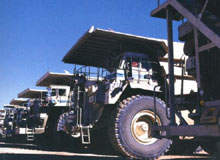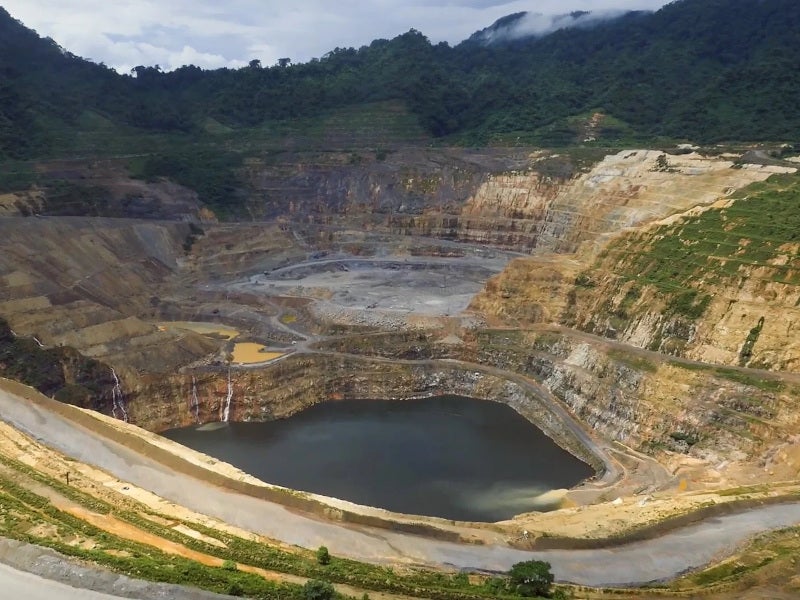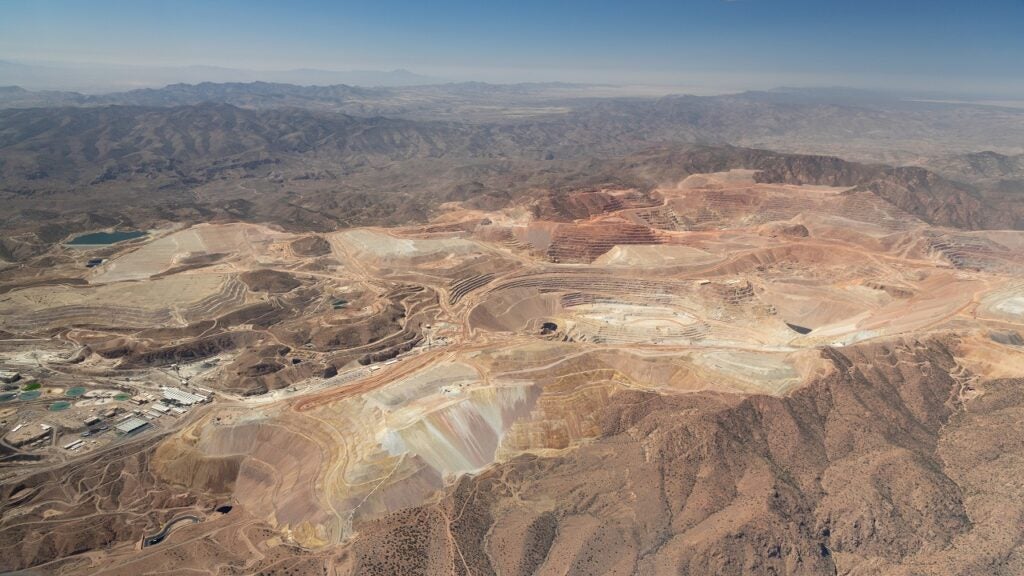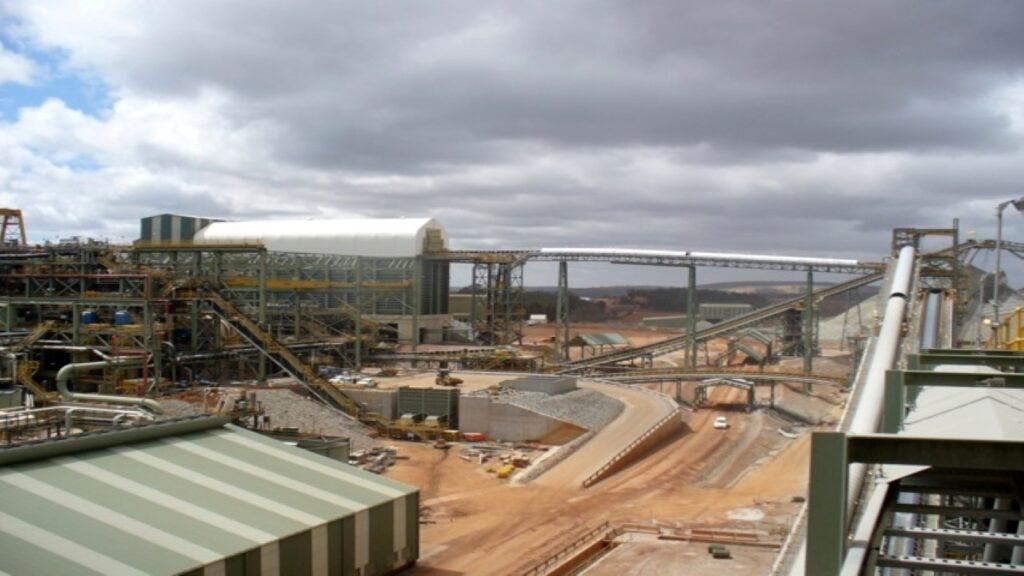Bisha Project is located at about 150km west of Asmara in Eritrea, East Africa. The mining project is a major deposit of volcanogenic massive sulphide (VMS) mineralisation.
The VMS mineralisation is rich in base and precious metals such as gold and silver oxides, as well as copper and zinc sulphides.
Bisha is the first-of-its kind in Eritrea to have milling, crushing and processing facilities. It is designed to allow future expansions. The project benefits from road and port infrastructure and support from the Government of Eritrea.
Construction work at the site started in September 2008. Production began in February 2011. The mine is expected to have a life of ten years. It is expected to produce about 1.14 million oz of gold, 11.9 million oz of silver, about one billion lb of zinc and 821 million lb of copper.
Canadian gold miner Nevsun Resources, which holds a 60% stake, is the operator of the Bisha project. The mining licences are held by the company’s Eritrean subsidiary, Bisha Mining Share Company (BMSC).
The State of Eritrea has a 10% free carried stake in the project. Another 30% stake is held by the state-owned Eritrean National Mining Company (ENAMCO).
Geology and reserves at the Eritrean mine
The VMS mineralisation of the Bisha project lies in the tightly folded inter-layered felsic tuff, metasedimentary and metavolcanic units.
It is enriched in zinc and copper with significant amounts of gold and silver. The deposits occur in three different layered zones.
The surface oxide zone of 35m thickness consists of silver and gold, a supergene zone of 30m thickness lies below it and is copper enriched, and at depths below supergene lie the zinc and copper rich primary sulphide zone.
The mine is estimated to contain proven and probable reserves of 28.3mt, graded at 1.78g/t of Au, 38.9g/t of Ag, 1.6% of Cu and 3.15% of Zn.
The total reserves are estimated to be 40mt.
Bisha project exploration
BMSC holds an exploration licence of about 110km² of contiguous surface area. It includes mining licences covering 16.5km², a mining agreement covering 39km² and an exploration licence for another 71km².
Two other mining sites – Bisha main and the northwest zone – also lie within the mining licence of the Bisha project. The exploration licence holds a satellite deposit called Harena, to the northwest of the Bisha main zone.
Hanging Wall Copper Zone is located to the west of the Bisha sulphide deposits. Several other geophysical mining sites lying in the licensed area are being explored.
Project development
The Bisha mine was discovered in January 2003 and a feasibility study was completed in October 2006. After the Social and Environmental Impact Assessment, the EPCM contract was awarded to Senet in June 2007. The mining licence was granted in January 2008.
Ball and semi-autogenous grinding mills were assembled in March 2010. It was followed by installation of liner in the tailings management facility.
Structural steel and plate-works were completed by June 2010. The plant was commissioned in October 2010 and the first gold pour took place in December 2010.
Senet was responsible for the engineering, design, procurement, logistics, erection and commissioning of the Bisha project. The value of the contract was $252m. Segen Construction is the steel work and equipment installation contractor.
Ore processing, phases and costs associated with the Bisha project
The mine started operations with the completion of the first phase of the project.
It includes a carbon-in-leach (CIL) processing plant and other associated infrastructure.
The oxides treated with CIL process technology produce trade-worth quality of gold and silver. The CIL plant is designed to accommodate future expansions.
The second phase will incorporate a copper concentrator at the site. The third phase will add a copper / zinc concentrator. The copper plant is expected to be completed in the first half of 2013.
Production costs of the minerals will be 50% less than the industrial average mining during the first two years of operation.
A feasibility study of the Bisha mine estimated the production of gold to cost about $250/oz, and the zinc and copper operational costs to be $0.50/lb and $0.54-$0.67/lb respectively.
The costs were based on the assumption that gold prices will be $1,015/oz, $15.85/oz for silver, $2.40/lb copper and $0.92/lb zinc during the first five years of mining.









